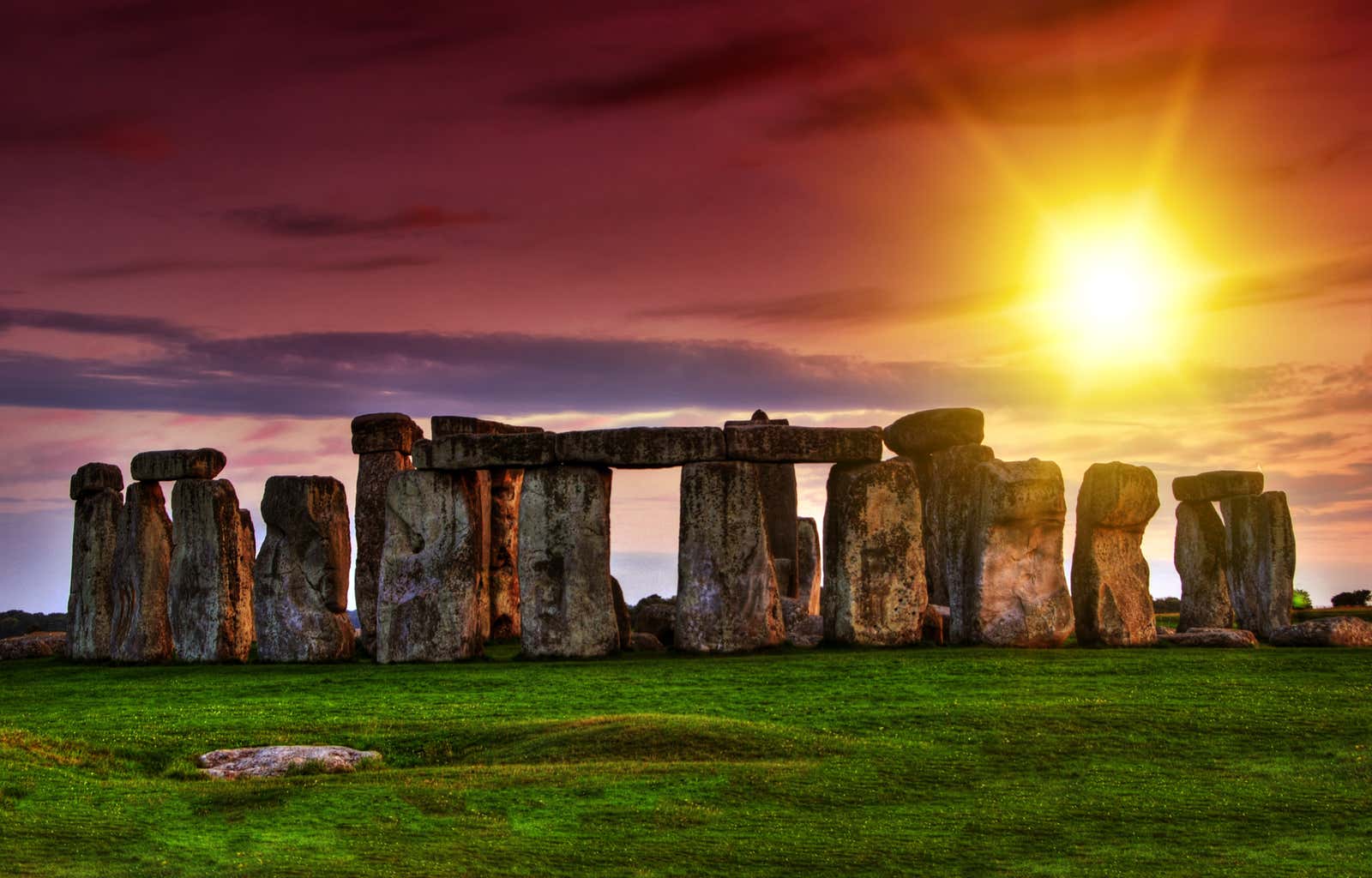What Is the Winter Solstice and Why Do People Celebrate It?

For most people, the winter solstice is one of the most predictable events of the calendar year. This is usually associated with the onset of the long winter and all the emotional hard work that comes with it. But the event remains an integral part of our end-of-year events due to its cultural significance spanning millennia, even though it has received a bad reputation as the darkest day of the year in the Northern Hemisphere.
Here’s what you need to know about the winter solstice, including a very special cosmic coincidence happening tonight.
What is Solstice?
The winter solstice marks the beginning of the winter season in the Northern Hemisphere when the sun reaches its southernmost position. This is the shortest day of the year in terms of sunshine, as the sun’s position over the Tropic of Capricorn (23.43 degrees south of the equator) ensures that this is the fastest day of the year.
Both the summer and winter solstices are the result of the tilt of the Earth. However, as we prepare for the months of low temperatures in the northern hemisphere, countries in much more southerly latitudes such as Australia, South Africa and Argentina are enjoying the onset of beach weather with the summer solstice, also known as the longest day of the year. But where there is contrast, there is a balance: the summer solstice in the northern hemisphere usually falls on June 20, while that same date marks the winter solstice in the southern hemisphere.
The phenomenon occurs due to the tilt and rotation of the Earth as it revolves around the Sun. As National Geographic explains :
Solstices occur because the Earth’s axis of rotation is tilted about 23.4 degrees with respect to the Earth’s orbit around the Sun. This tilt determines the seasons on our planet, as the northern and southern hemispheres receive unequal amounts of sunlight throughout the year. From March to September, the northern hemisphere is tilted more towards the sun, which leads to its spring and summer. From September to March, the northern hemisphere is tilted, so it’s fall and winter here. The seasons of the Southern Hemisphere are inverted.
While the solstices are actually opposite depending on which hemisphere you live in, each one occurs predictably, usually on the same day of each year.
CNN explains why the exact solstice date may change in a given year:
The solstice usually – but not always – falls on December 21st. The time when the solstice arrives and the day itself shifts, because the solar year (the time it takes for the sun to reappear in the same place as from Earth) does not change. t exactly matches our calendar year.
This event is celebrated with celebrations all over the world.
Many religious traditions regard December as a symbolic time of renewal, much of which is associated with the winter solstice. Many winter solstice celebrations have pagan roots. Chief among these are the Saturnalia, which the History Channel describes as a kind of precursor to Christmas. Other traditions have survived to this day, including Saint Lucia’s Day (a Scandinavian holiday in which girls “wear white dresses with red sashes and candle wreaths on their heads”) and Toji (a Japanese renewal tradition where “people light bonfires. To encourage return sun “).
One of the most notable celebrations of the winter solstice every year takes place at the mysterious archaeological site of Stonehenge in the south of England, where revelers swarm to greet the onset of winter. Although the origin of the site is still unknown, the structure manages to perfectly capture the sunset, leading researchers to speculate that it was built to commemorate the solstice. The site has been closed this year due to COVID-19 restrictions, much to the chagrin of some of the more stalwart pagan culture.
Today’s solstice coincides with something special
Today’s solstice coincides with the Great Celestial Explosion, which astronomers well versed in the media have dubbed the “Christmas Star.” The conjunction of Jupiter and Saturn will make the long night sky a little less gloomy as the two giant planets move closer than they have been since the 1600s. In addition, for the first time since the Middle Ages, this phenomenon occurred at night.
This event is also called the “kiss”, as the planets will be at a distance of 0.1 degrees from each other at maximum proximity, which is about 1/5 of the diameter of a full moon. The conjunction occurs every 20 years, but the sheer coincidence that it occurs on the winter solstice, plus the proximity of the two planets, gives it real historical weight.